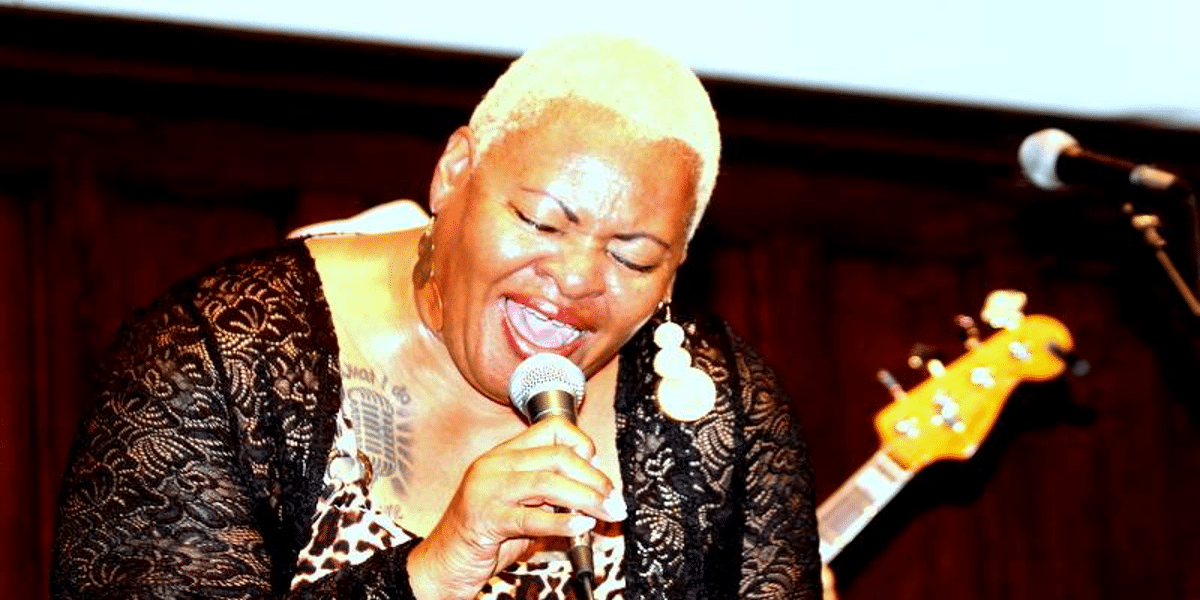An individual’s passion often becomes the catalyst for their development in life as it stimulates them to commit to their own growth as well as deliver products and services that customers need. Demonstrating passion, therefore, means acting upon it. When individuals understand their own strengths and vulnerabilities, they are empowered with the wisdom required to better themselves. Passion is a powerful driver when applied to purpose. It becomes more of a personal commitment while making a positive difference to achieve sustainable results. Similar is the case with jobs and careers. An individual who shows passion for his trade is better motivated to achieve goals than a person who pursues a field only for the sake of livelihood.
Born on July 21, 1938, Yves Plantin was a true advocate of art. He was an art dealer, film director, and horse breeder. He studied architecture at the Ecole des Beaux-Arts in Paris in 1959, this is where his curiosity for a dissident art history awakened.
It was Plantin’s passion that played a key role in bringing Hector Guimard’s art back to light. He also wrote and co-directed two films, Hectorologie (1965) and Les Bugatti (1966). Starting his career as an art dealer, he served in Paris for twenty years, specializing in the period 1890-1930. His exceptional artwork was sold to Musee d’ Orsay, the Mesnil Houston Foundation, the Virginia Museum of Fine Arts, the New York Metropolitan Museum, and many French and European museums.
Plantin’s continuous efforts enabled him to find Art Nouveau, which at that time was completely unknown to him. Around the turn of the sixties, many of Guimard’s contemporaries were still alive; it was around this time that the collection of objects, documents, and information related to Guimard first began. After discovering that Guimard’s office was part of the collection at the Museum of Modern Art in New York, in 1960, Plantin and, his friend, Alain Blondel tried linking to the museum, which eventually resulted in an exhibition that served as the first retrospective of Guimard’s work.
In 1968, Plantin’s merchant-discoverer activities led him to open Galerie du Luxembourg, which was relocated to 98, rue Saint-Denis, a former banana ripening plant in 1970 or 1971. The gallery featured many retrospective artists of the 1920s and 1930s, many of whom were newly discovered by the public like Tamara de Lempicka in 1972, Burne-Jones and the influence of the Pre-Raphaelites in 1972, Bernard Boutet de Monvel in 1974, sculptor Rupert Carabin in 1975, and lacquer artist Jean Dunand in 1976. Plantin’s work on the 1970 Guimard exhibition at MoMA was later shown at the Musee des Arts Decoratifs in Paris.
Plantin continued his passion for discovering new activities after the end of the Luxembourg gallery in 1979. Approaching the age of fifty, he embarked on a racially different activity, with the same independent and innovative spirit: the breeding of purebred Arabian (PA) horses. His passion for breeding horses began in the early 1980s. Plantin’s founding broodmares were Polish, Russian, and French mares. He owned and bred several horses that went on to win a number of prestigious races.
He contributed to the PA horse racing industry by serving as the chairman of the ECAHO (European Conference of Arab Horse Organization) Race Commission from 1994 to 1998, founder and first chairman of IFAHR (International Federation of Arabian Horse Racing) from 1999 to 2002, member of the Executive Committee of IFAHR from 2002 to 2007, and also during his presidency of AFAC (Association Francaise du Cheval Arabe de Course) between 2011 to 2018. Plantin once said, “I would like to thank the Abu Dhabi Sports Council for its support, which has once more allowed an important Purebred Arabian race to feature on the card of a prestigious Flat race meeting. I am a staunch supporter of this type of synergy, which in my opinion has brought many breeders and owners who had started their careers in the world of Purebred Arabian racing to the thoroughbred industry and vice-versa.”
Plantin’s life is the best example of dedication and passion. He departed from the world on July 11, 2022, and left a significant mark on the world of art.









